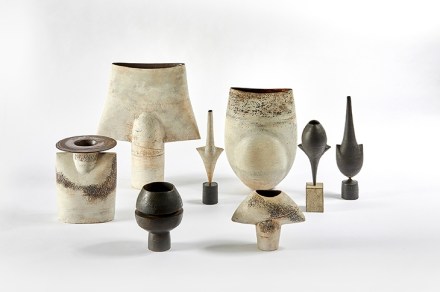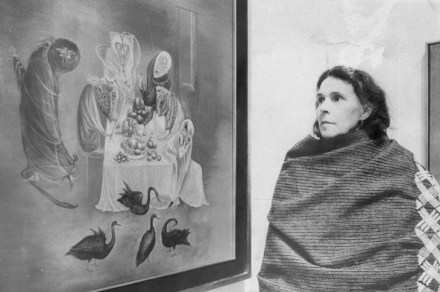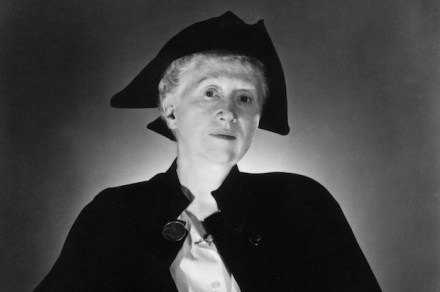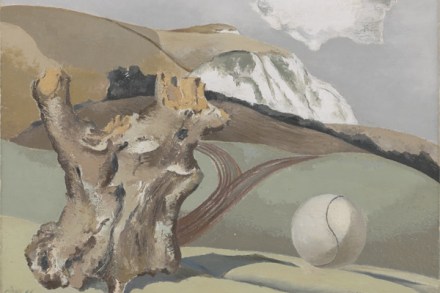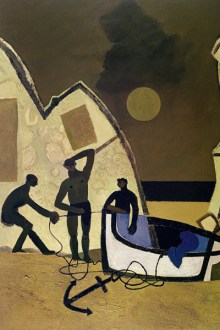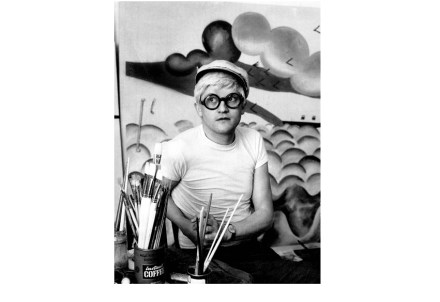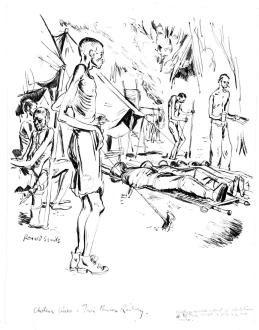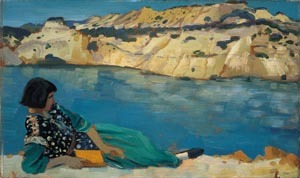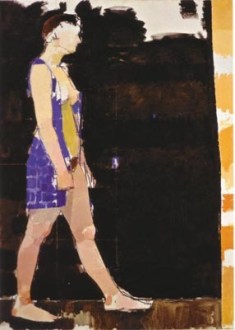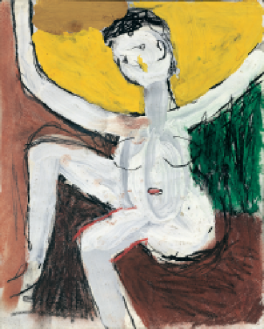Ceramic art has been undervalued for too long
The use of ‘Ceramic’ rather than ‘Ceramics’ in the title of this book indicates Paul Greenhalgh’s passionate belief that ‘ceramic is a thing in itself: a many-headed but nevertheless singular entity, with an on-going intellectual discourse’ which he christens ‘the ceramic continuum’. He believes that this has been ‘actively denied its place as an artistic
